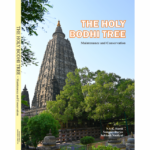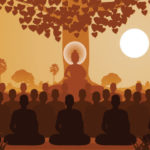
About Shangha
Those who followed the Buddha came to be called the Sangha—the community of monks (bhikkhus)
and nuns (bhikkhunis). Those who became monks and nuns underwent an ordination ceremony of
shaving their heads and donning robes to symbolize world-renunciation. They entered into the homeless
life of wandering monastics who settled down in monasteries only during the months of the rainy
season.
For some, the Sangha is the whole community of the Buddha’s followers. From the beginning, the
Buddha’s disciples included laypeople who followed the Buddha’s teachings but remained
householders.
Both the ordained and the laity followed the five precepts of basic ethics that are the foundation of
religious life. In addition, a more extensive code of monastic rules, the Pratimoksha, eventually
developed to govern the conduct of ordained persons.
The monastic and lay communities are interdependent. Even today, the laity receive teachings and
guidance from monastics, while the monastics receive food, clothing, shelter, and in some cases all of
their material requirements from the laity. Providing food and supplies to the monks is considered by
many lay Buddhists to be an act of “merit-making,” earning good karma for oneself or loved ones.

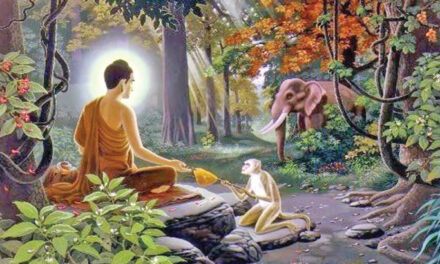
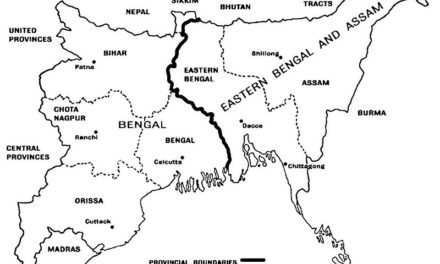


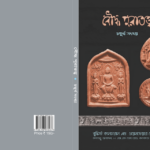

![Monuments of Mahabodhi [Mahavihara] Temple Complex Bodhgaya](https://baruasamaj.ezdivi.com/wp-content/uploads/sites/5/2023/10/Monuments-Book-Title-150x150.png)
